10/04/2019
One of the most remarkable artefacts surviving at Carrolup/Marribank today is one element of a frieze that encircled one of the bedrooms in the westernmost of the two children’s dormitories—the left one viewed from the front of the buildings. According to Carrolup artist Parnell Dempster, the frieze comprised […]


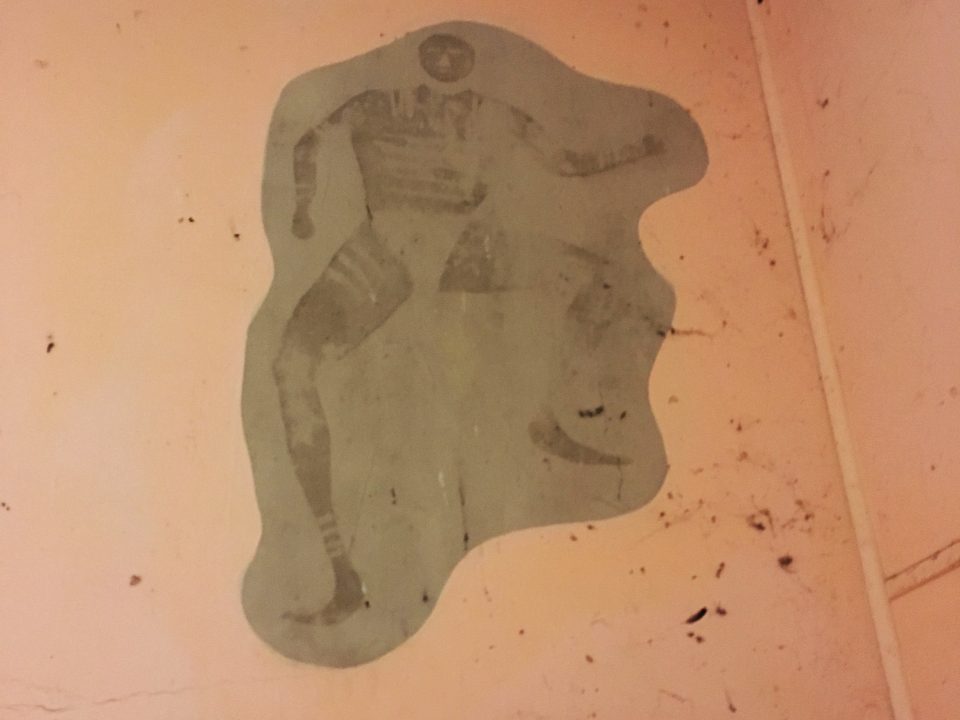

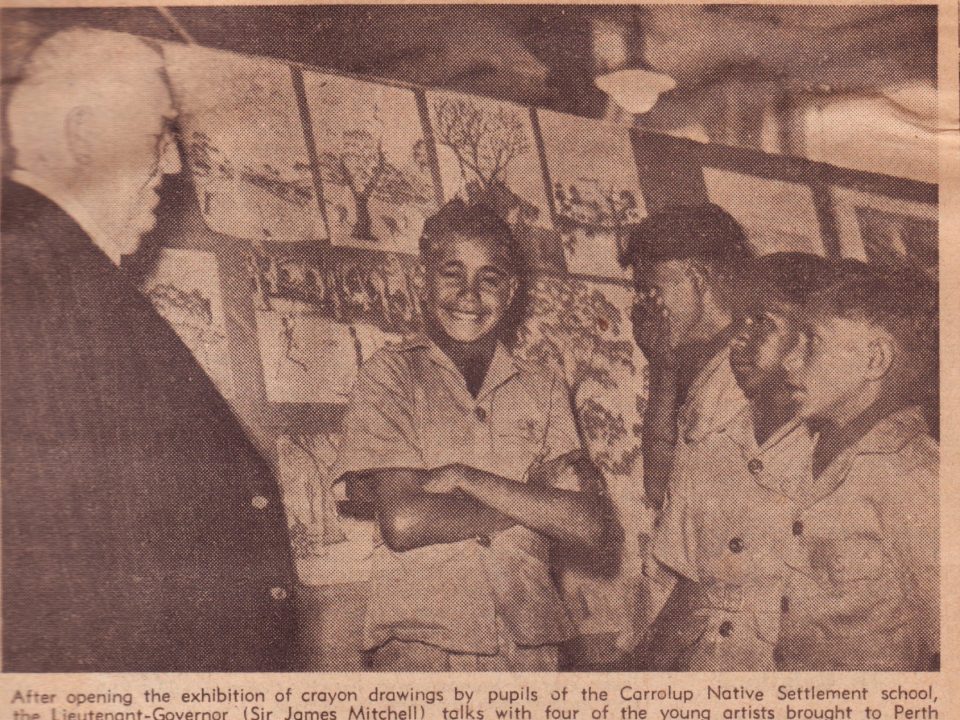
![Imagined corroboree by Reynold Hart, watercolour and ink on paper, 25 x 30cm, c.1948. Stan, Melvie and Gael Phillips Collection, 1947 - 65, Berndt Museum of Anthropology. [WU7255]](https://www.carrolup.info/wp-content/uploads/2018/10/WU2775-960x720.jpg)
![Hunters by Revel Cooper, pastel on paper, 29 x 38cm, c.1948. Stan, Melvie and Gael Phillips Collection, 1947 – 65, Berndt Museum of Anthropology. [WU7304]](https://www.carrolup.info/wp-content/uploads/2018/10/WU3NL-960x720.jpg)

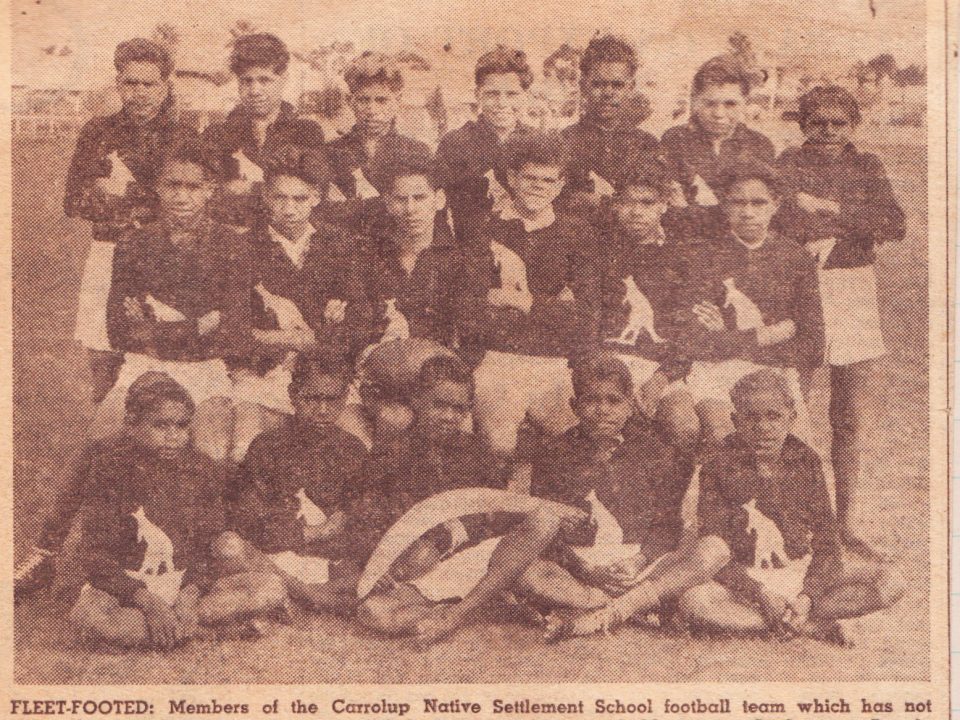
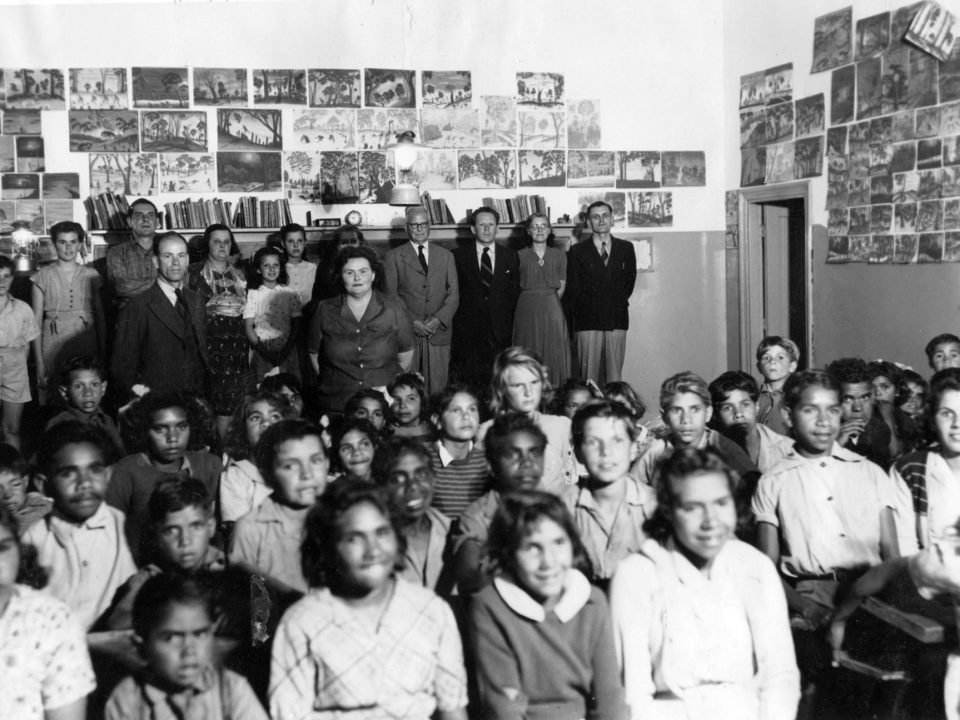
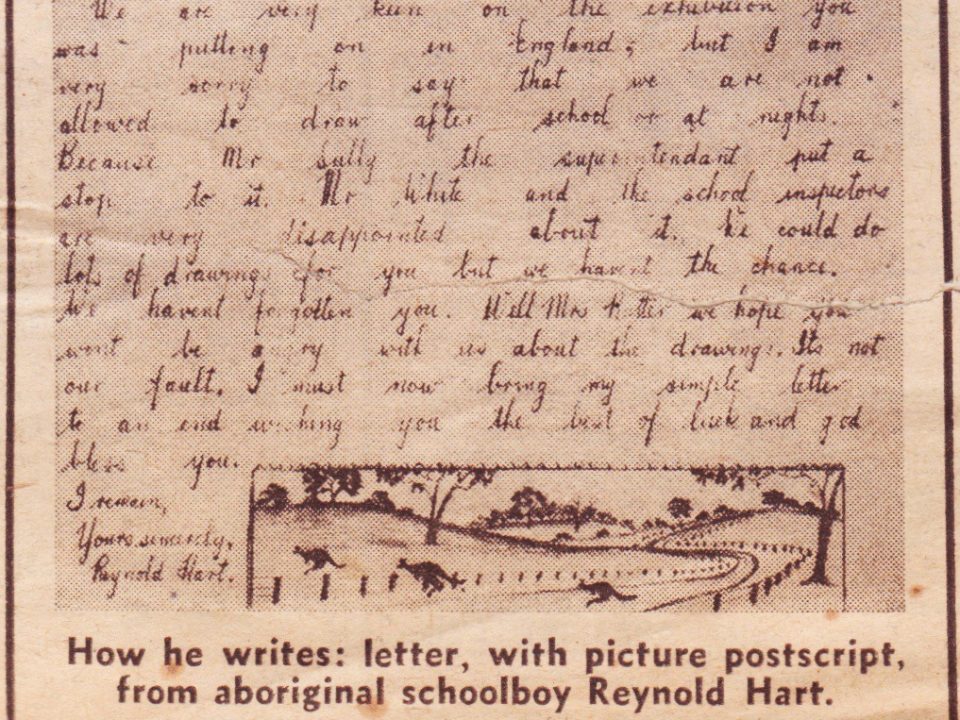
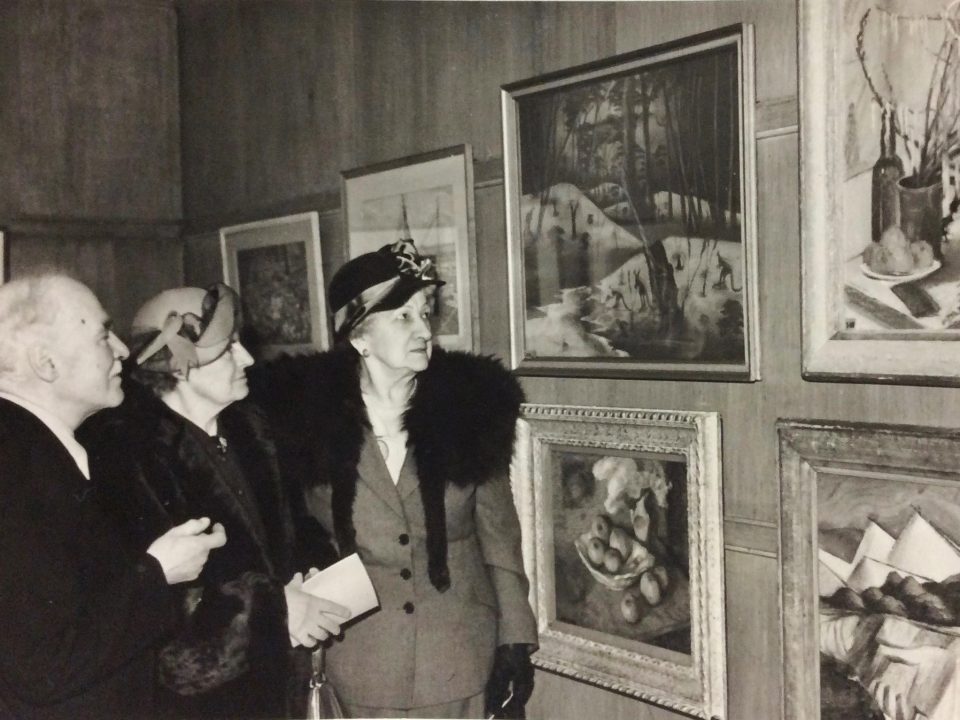
![Untitled [Landscape with Fallen Tree] by Parnell Dempster, pastel and graphite on paper, 23 x 29.1cm, 1953. The Herbert Mayer Collection of Carrolup Artwork, John Curtin Gallery, Curtin University.](https://www.carrolup.info/wp-content/uploads/2018/10/8714810382_3ff6fde4de_o-960x720.jpg)